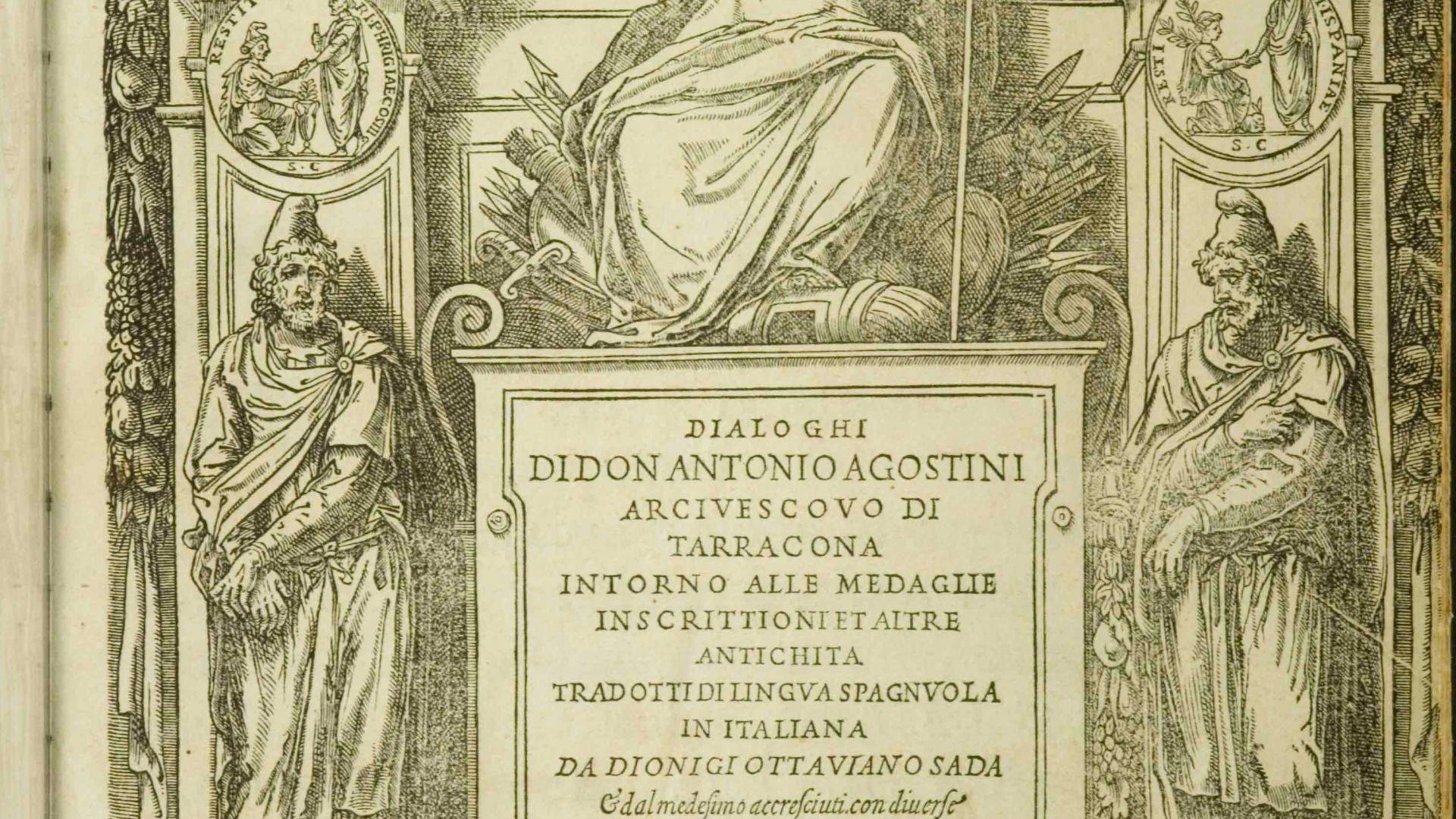
Translatio nummorum – The Perception of Classical Antiquity via Ancient Coins by Antiquaries in the Renaissance
The aim of this three-year project, financed by the German Federal Ministry of Education and Research from 2009 to 2012, was a comparative analysis of the image of ancient culture and history from 49 BC to AD 96 as drafted by scholars and antiquaries in the Renaissance on the basis of ancient coins.
Making available all the literary and visual sources in a digital compendium
The Institute of Art History in Florence, Italy, (KHI) digitized the main parts of the numismatic literature in its library, from Andrea Fulvio to Francesco Angeloni, as well as books from other libraries, and created the "Digital Corpus of Numismatic Books in Early Modern Times" on its website, which can be consulted free of charge. Currently you will find there 35 numismatic volumes mainly from the 16th century. In each book the ancient coins as well as very often also the places and persons are annotated. You can browse through all books and read them in digitized or transliterated form.
Database publication with images and scientific descriptions of the original coins
The Numismatic Collection in Berlin, the largest coin collection in Germany, provided the opportunity to study the original coins and thus to verify the literary tradition. The Numismatic Collection described and took photos of all its coins from Caesar to Domitian and presents them online in the interactive catalogue.
Evaluation, interpretation and integration of the sources and artefacts within the context of the Census Project
The literature of the 16th and the early 17th century on ancient coins, digitized by the KHI, was analyzed within the Census Project. The focus was on the emissions from Gaius Iulius Caesar to the end of the Flavian dynasty. The reproductions and descriptions of the coins by antiquaries were integrated in the database of the Census of Antique Works of Art and Architecture Known in the Renaissance, and the data-files were linked with the full texts. The reproductions of the Renaissance were confronted with the verified original ancient coin types which mainly are to be found in the Numismatic Collection in Berlin. On this basis the methods of numismatic research in early modern times could be analyzed.
This project focused on the history of the Roman Empire as well as on the 16th century and examined the approach to classical antiquity in the Renaissance. The new digital corpus of the numismatic literature of early modern times, the extension of the database of the Berlin Coin Collection and the establishment of the Census of ancient coins known in the Renaissance offers rich research material to the international scientific community and initiated further studies in the fields of art history, numismatics and archaeology. We hope to continue the projects with further relevant literature and invite all to take part. Try out and have a look at these interrelated databases which are to be further complemented and upgraded!
We are happy that the new Strada project will also use the Census database for their coin entries. The Census is a perfect starting point for all research on the reception of antiquity in the Renaissance! Go to www.census.de!
- For the proceedings of an international conference of this project see
- Ulrike Peter and Bernhard Weisser (eds.): TRANSLATIO NUMMORUM. Römische Kaiser in der Renaissance. Akten des internationalen Symposiums Berlin 16.–18. November 2011, Verlag Franz Philipp Rutzen, Mainz, Ruhpolding 2013 (CYRIACUS Studien zur Rezeption der Antike Band 3)
- For further information
- Dr. Ulrike Peter
Census of Antique Works of Art and Architecture Known in the Renaissance
Berlin-Brandenburg Academy of Sciences and Humanities
Unter den Linden 8
D‒0117 Berlin
peter@bbaw.de
http://www.census.de/census/translatio-nummorum